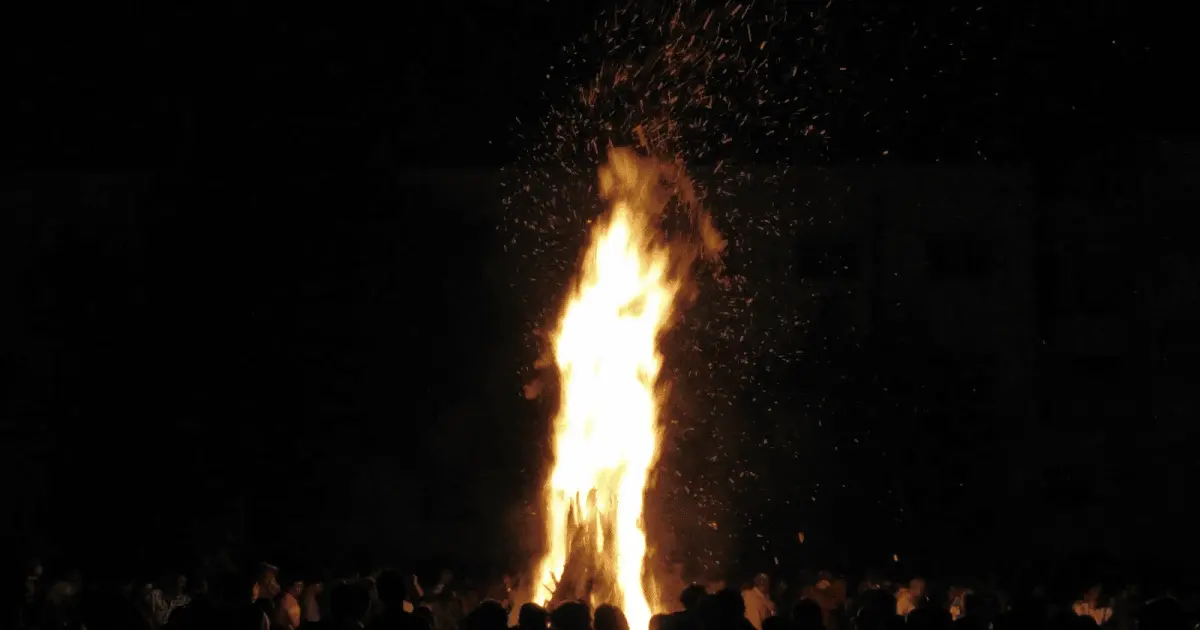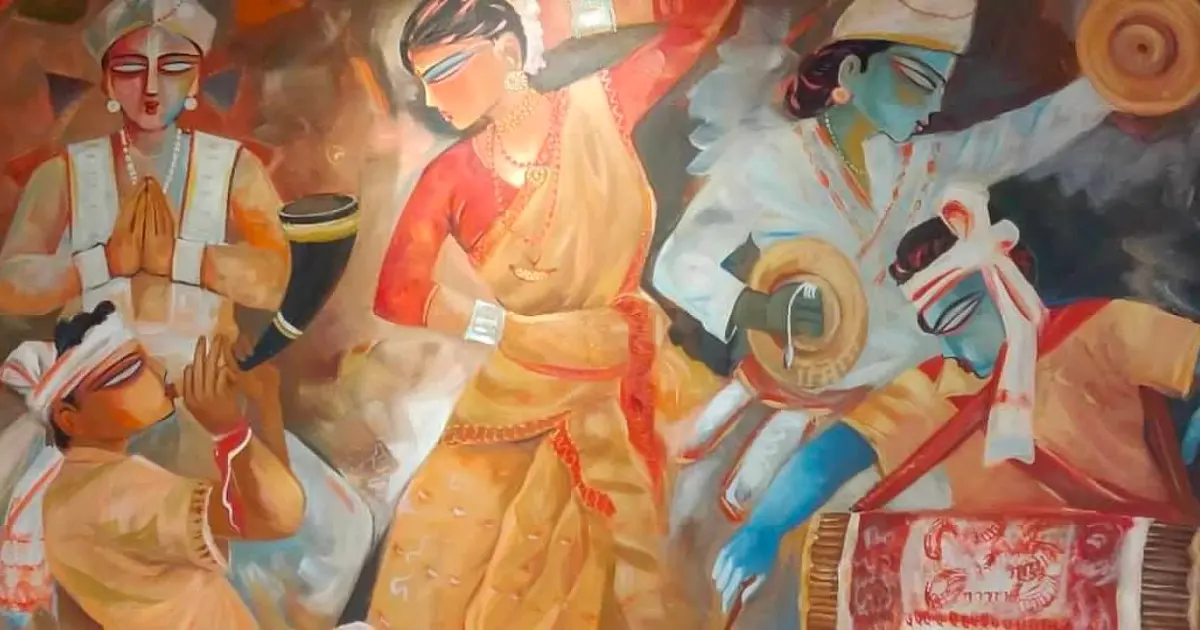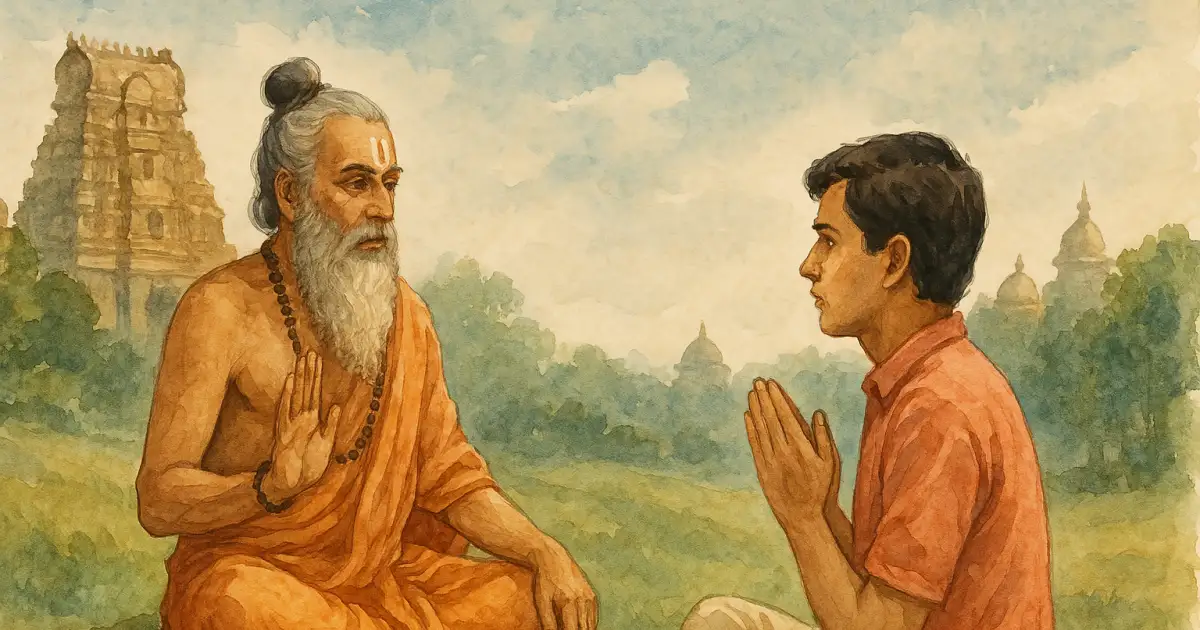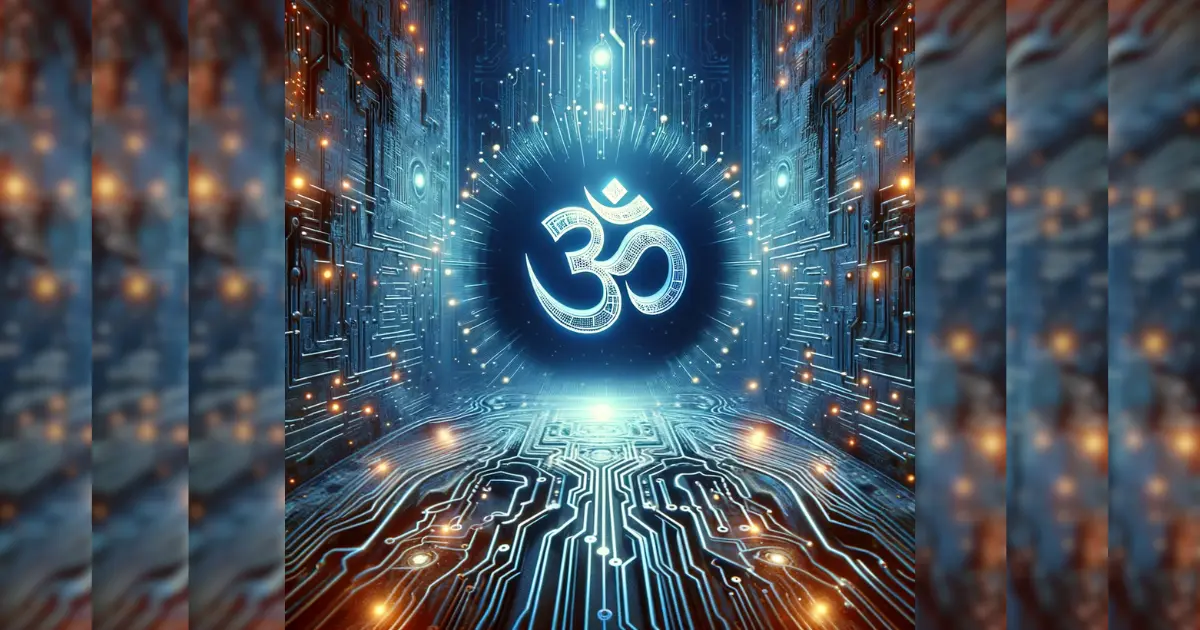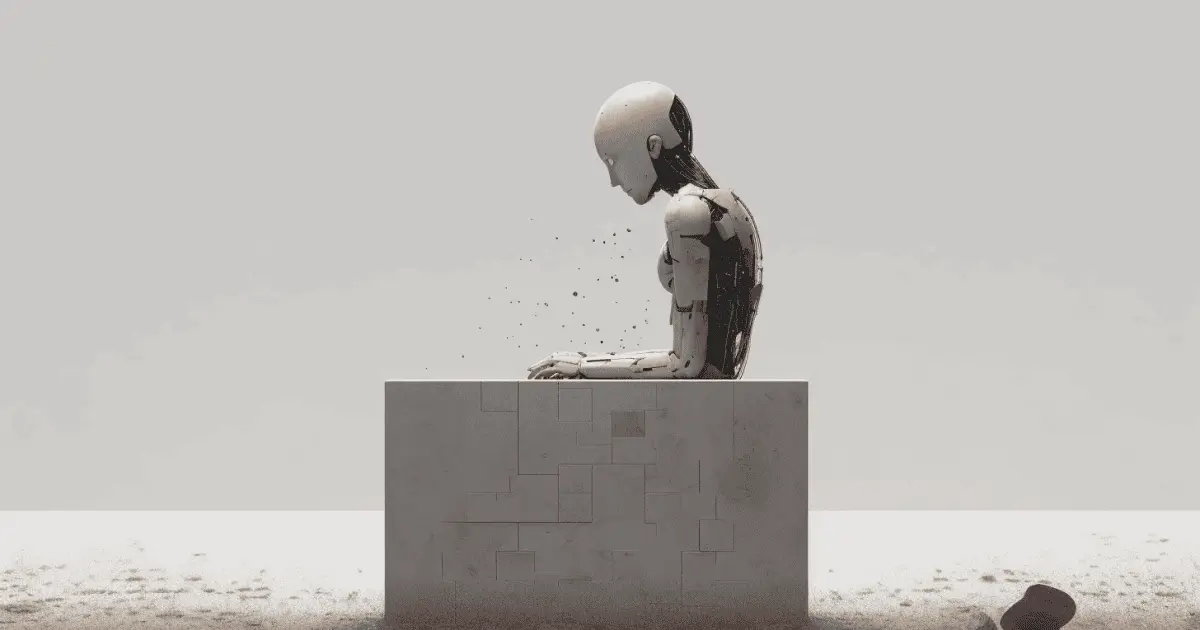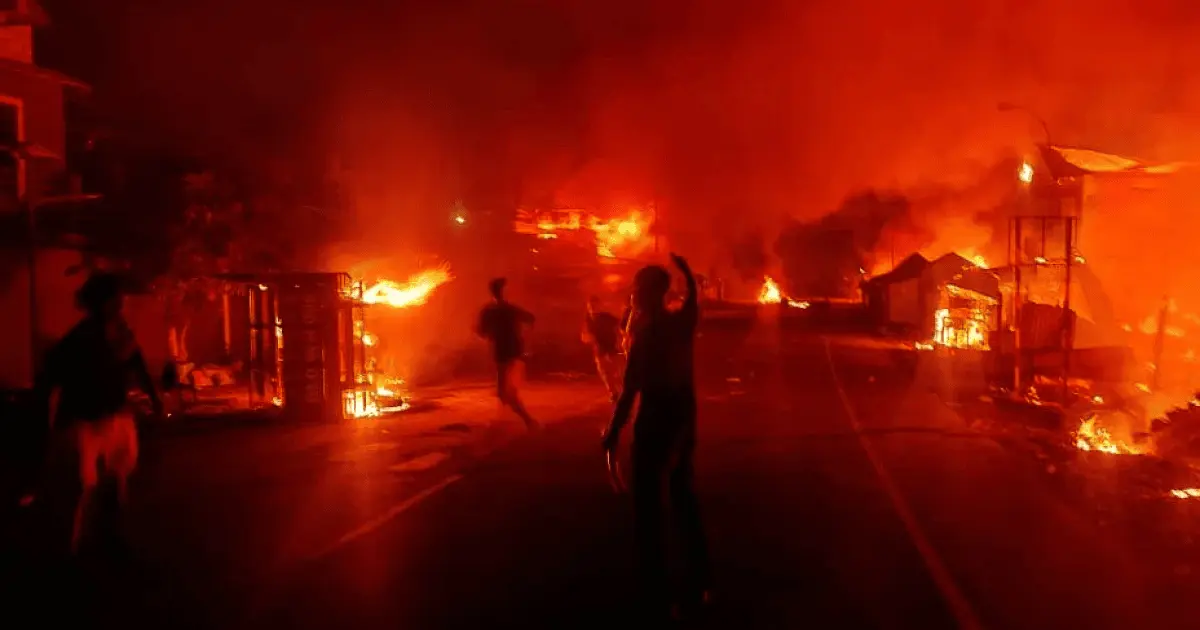Holī was one of the biggest festivals of the year in the parts of north India where I was born. The main festival was celebrated on the night of pūrṇimā when Holikā dahan was done, which is often known as ‘Choti Holī’ these days. The next day people would play with color and was called as Dhulenḍī which was on paḍvā, the first day of the next cycle of the moon.
Like most important festivals, Holī sat on the confluence of two seasons. It was celebrated at the end of the harvest season. It was a custom for us to take green grams in their pods, along with the entire shrub and roast them in the fire of Holikā dahan. Similarly wheat in its chaff was also roasted. We would offer all the sweets prepared on Holī in the ritual fire and would take the roasted grains as prasād.
The natural cycle was ever present and quite palpable in these festivals. And yet, the imprint of culture, the positive intervention of human agency and civilization, was quite visible too. So just as Holī marked the end of the bounteous season of winter and spring, when fresh food, leafy vegetables and fresh grains were readily available, it also heralded the coming of the dry season, the harsh summers, when fresh food is less readily available and dried food is eaten more.
The sweets that were made at Holī were part of that process, the preparation for the harsh summers. So many dried eatables were made, sweet and savory. And as we took the roasted grains as prasād from the Holī fire, we offered what we made for the next season in that same fire. From fire, it rose, and in fire, it fell.
Not unlike the Agni of the yajna vedī, the fire of Holī was the conduit through which the human met the divine, through the agency of articles as humble as a pod of grains and a homemade sweet.
As we would run around the sacred fire, with burning feet, and burning faces, doing pradakṣiṇā, my father would tell me the same story every year. Running around he would tell me, shouting: “It is from the Holī fire, that the heat of the summers come out.” And as we would come home after offering pūjā, he would tell the other part of the story. “And it is from the karvā of karvācauth, that the cold of winters come out. And that is how summers and winters happen.”
He would say this without the air of explanation that a cultural anthropologist takes. For him, culture was more immediate than nature, for him the stories of the Purāṇas and the folk tales were more palpable than natural cycles, although those were never to be ignored. And for him, there was no gap between the symbols and their meanings. The stories were not symbolic for him. They were real. He didn’t see culture at one removed, where symbols have to be explained to illuminate their meanings. For him both were one.
Culture, undimmed by the logic of modern life; culture, informed by ṛta and dharma, was all that was. He has an unconscious dhārmika man. He was a common Hindu.
As we grew up, we discarded these grandmother tales as ‘full of superstition’ and ‘devoid of logic’. We grew ‘wise with logic’ and smart with ‘rational explanations’. We became ‘modern’ without ever thinking what it meant to be. For gaining our new swanky identity, we gave up a lot that we had carried earlier without shame or irony.
But if we just hold back a little and reflect on those grandmother tales, an entire cosmology emerges from it, a cosmology enabling us to make sense of the universe and life around us.
In Hindu cosmology, festivals are turners of time.
Time moves on its own, in its natural cycles, proceeding through seasons, completing year after year. And yet, at the same time, in a traditional society governed by an eternal principle like Sanātana dharma, cultural rhythms keep in tandem with natural cycles. Cosmic simultaneity is complemented by individual resolve. The rhythm of the cosmos is pushed, ever so slightly, by the agency of culture, through a uniquely Hindu institution - saṇkalpa.
The Hindu cosmos sits on the kūrma of saṇkalpa. But here is a paradox for an outsider. On one hand we talk of prārabdha, karma and punarjanma, and on the other, we talk of saṇkalpa so strong that entire universes come out of it. It is this paradox of Hindu dharma which bewilders the outsiders the most. For an insider it is not a paradox at all.
In Hindu cosmos, the individual is not just at the mercy of nature, like the hero of a Greek tragedy, for he has the agency of saṇkalpa. It is our karma in past lives which leads us to this life, but it is the agency of all the saṇkalpas that we take now that we build our prārabdha. Seen in multiple lifetimes the paradox disappears.
The individual saṇkalpa never remains just individual, for that is the beauty of Sanātana dharma: the vyaṣṭi and samaṣṭi complementing each other. As the saṇkalpa is taken by a kuṭuṃba, a family and extended family, it becomes stronger. As it is taken by the jāti, varṇa and the entire society, it becomes mountainous. As it reaches the intensity of a divinity, it becomes cosmic.
It is this cosmic resolve, undertaken by a society governed by the laws of dharma, which is capable of turning time. And a Hindu festival, occurring at great astrological junctures, at these gradients of divinity, is that cosmic resolve. A festival like this, turns time.
Seen in this light, it is not difficult to see the heat of summers coming out of the sacred fire of Holī. Seen through this dhārmika lens, it is not hard to see the burning fire of Holī spreading heat in the big wide ākāśa that is out there, and the chidākāśa that is inside.
A Hindu would see festivals as turners of time, appointed as the mindful gatekeepers at critical junctures throughout the year, pushing and ushering time, ushering seasons of culture and nature. The year flew through these beautiful arcs created by festivals, where heat emerged from the fire of Holī and cold emerged from the karvā of karvācautha. It is these arcs which mark the year in meaningful pieces, like longitudes. They were not arbitrary. They were supremely meaningful.
And like everything else in a Hindu cosmos, they explained the unexplainable immensity of life and universe to each and every individual. The individual was humbled as he had the full view of family, community, society and dharma in mind, and yet the individual agency was also supremely important at the same time.
Life became meaningful in those arcs. The unexplainable immensity of an un-cultural life unmarked by these arcs of time, was divided into meaningful pieces, small enough for individual understanding. No matter how cosmic the problem was, the individual saṇkalpa was never entirely meaningless.
This resolve, this saṇkalpa, when gathered and organized through the hierarchical pyramid of Hindu cosmos, would emerge in the agency of a Hindu festival, and this is what we celebrated.
A year is not just a planet going around a star. A year is our deities releasing heat and cold at our festivals, turning time. That is the Hindu view, mindful of nature, and yet transcending it through a culture which makes life meaningful to every individual by infusing it with beauty, and makes life beautiful by giving it meaning. And together, in this process, life becomes happy.
Happy Holī to all of you.
